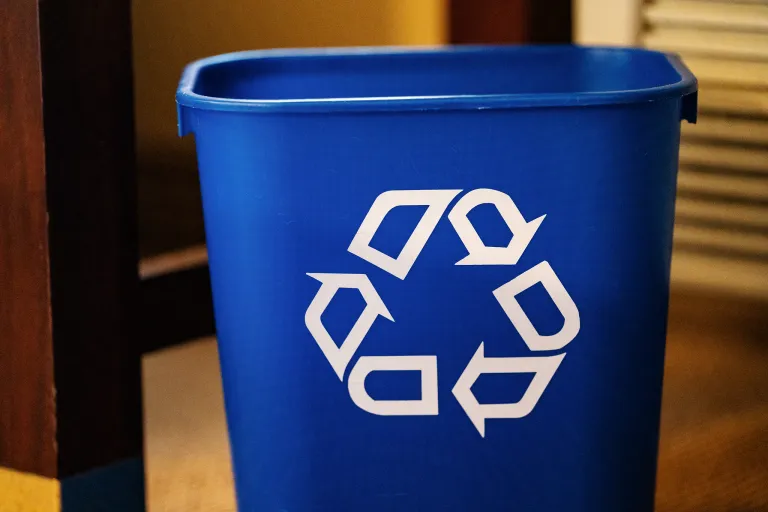The Life Cycle of a Protein
No protein is made to last forever. Just as DNA and RNA direct a coordinated process for protein creation, there is also a process for proteins to be broken down by the cell. We call this proteolysis or protein degradation.
Proteins are broken down for a number of reasons. First and foremost, it’s a strategy for quality control. After a string of protein building blocks are put together, they are bent and folded into a specific shape that allows the protein to interact with other proteins in a useful way. You can think of it like a daisy in a daisy chain- the stem needs to be carefully folded and tied or the daisy chain falls apart entirely. Cells have tools to identify misfolded proteins and break them down quickly to prevent problems.
Even beyond quality control, proteins have a certain lifespan within the cell. Regular protein recycling ensures that there is always an available supply of protein building blocks for the creation of new proteins. Removing older proteins also gives cells flexibility in terms of adjusting to environmental changes.

What Determines Protein Lifespan?
The amount of time a protein sticks around is dependent on several factors.
Size: Larger proteins tend to degrade faster.
Shape: Proteins are folded in such a way that only certain areas of the protein are accessible. This can change over time as proteins interact with one another, changing how the protein functions within the cell. Shape changes can also reveal protein characteristics which make them more likely to get degraded. One example of this is misfolding.
Stopping activity: Proteins are important messengers for cells, transferring information to and from different cell areas. Cells are built to turn these signals off after they are turned on. One way of doing this is to remove the protein responsible for sending the signal.
How active a protein degradation pathway is: Different types of proteins in the cell are responsible for directing and organizing protein breakdown. If the cell makes more of these or if they get turned on by a cellular message, general protein breakdown in the cell will happen faster. These will be described further in the next section.
It’s important to note that these are general guidelines. Every protein has its own relative lifespan. When we refer to protein stability or protein degradation in the study of the ataxias, we’re referring to relative changes in the lifespan of a specific protein.
How Do Proteins Actually Get Degraded?
There are two main structures in the cell that are important for protein degradation. The first is a specialized organelle called the lysosome, which acts as the trash collector of the cell. The lysosome is designed to eat and digest larger things like old organelles.
The second structure responsible for protein degradation is the proteasome, a large cylindrical complex of proteins that uses energy to break apart other proteins. Proteins destroyed by the proteasome are specifically marked for destruction by enzymes. Enzymes are biological catalysts- proteins that help chemical reactions take place without being used up or changed in the process. The protease-associated enzymes, creatively named E1, E2, and E3, work together to identify proteins with specific characteristics and tag them. These tags, called ubiquitin, are added on one at a time to make a chain that dangles off of the targeted protein. Once a large enough chain is made, the tagged protein is recognized by the proteasome and destroyed.
Beyond these cellular garbage disposals, there are a other types of enzymes called proteases that can help to break proteins apart. Proteases, recognize specific characteristics about a protein of interest (shape, sequence, etc). They use that to help target a protein for breakdown. While both ubiquitin-tagging and protease-targeting are somewhat selective, the protein characteristics that these enzymes recognize tend to be broadly shared by lots of proteins. Thus, by the combination of these systems, the cell can regularly recycle its entire protein population.
What does this mean for Spinocerebellar Ataxia (SCA)?
Recent evidence shows that reducing levels of specific Ataxins may delay symptom onset for patients with certain SCAs. Targeting protein degradation to treat disorders like ataxia is not a simple task though. The proteins that we are interested in are very specific. But while the cellular tools in place driving protein degradation tend to be very broad. However, as we study the Ataxins, we find ways to make these proteins vulnerable to degradation and open up possible avenues for future therapies.
If you would like to learn more about protein degradation , take a look at this resource by the Research Outreach.
Snapshot written by Carrie Sheeler and edited by Frida Niss.










